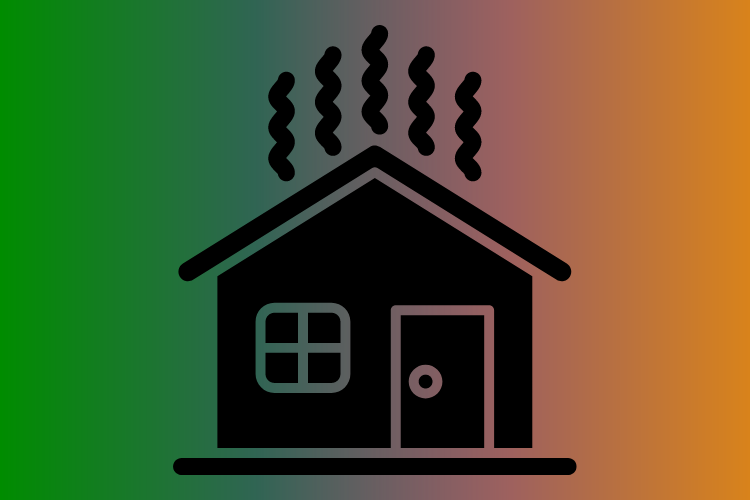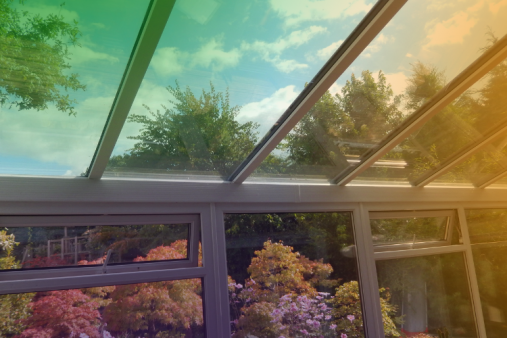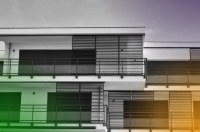Conservatory Roof Insulation Cost
A conservatory should be a comfort cocoon, not a seasonal sauna or winter fridge. If yours swings wildly with the weather, upgrading the roof’s insulation can make it far more usable year-round, without always needing a full roof replacement. This guide walks through the costs, timelines, materials, pros and cons, and the key rules to know in 2025.
How much does it cost to insulate a conservatory roof?
Prices depend on size and shape, access, and the method you choose (internal lining vs insulated panels vs full “warm” solid roof conversion). As a 2025 snapshot:
- Typical professionally installed internal roof insulation: about £2,000–£4,500 for small–mid conservatories, including finishes.
- Panel systems fitted to the existing roof:
- uPVC insulated panels typically £2,000–£4,000; aluminium insulated panels about £2,500–£5,000.
- uPVC insulated panels typically £2,000–£4,000; aluminium insulated panels about £2,500–£5,000.
- Broader market range for conservatory roof insulation projects runs ~£2,000–£8,000, depending on method and size.
- DIY multifoil kits for a basic internal lining can be a few hundred pounds for materials (typical roof sizes often ~£275–£340 for kit materials), but you’ll need tools, time, and to manage condensation risks and finishing.
Note: Converting to a solid insulated “warm roof” is closer to a roof replacement than simple insulation, and usually costs more (often five figures on larger footprints). If you’re leaning that way, see conservatory roof replacement guidance and Building Regulations notes below.
Labour Costs and Timescales
Hiring experienced installers matters for performance and to avoid moisture traps.
- Labour rates: many roofing/insulation jobs price around £200–£350 per installer per day, trending higher in London/South East. Conservatory specialists often work in pairs.
- Typical duration:
- Internal insulation or panel systems: 1–3 days for small–mid roofs.
- Solid warm roof conversions (if you go that route): 3–5+ days including internal finishes.
- Internal insulation or panel systems: 1–3 days for small–mid roofs.
- Always check that quotes include labour, waste removal, trims, plasterboard/plaster (if used), any electrical refits for downlights, and VAT.
Additional Cost Factors
- Size & geometry: Bigger and more ornate plans (Victorian/Edwardian) mean more labour and cutting, so higher cost.
- Method & spec: Multifoil + plasterboard linings are usually cheaper; insulated panel systems and hybrid builds cost more; a full warm roof conversion is the priciest.
- Ventilation & condensation control: Proper vapour control layers and ventilation gaps are essential to avoid trapped moisture. Skipping these can lead to damp or mould and negate savings. (Most pro guides flag this as critical.)
- Access & scaffolding: Restricted access or the need for scaffold nudges budgets up.
- Region: London and the South East typically price higher than national averages.
Building Regulations & planning: the essentials
- Traditional conservatories are generally exempt from Building Regulations if at ground level, under 30 m², thermally separated from the house, and with at least 75% translucent roof and 50% glazed walls, plus no extension of the main heating system. Changing away from these (for example, making the roof solid) can remove the exemption and trigger Building Regulations approval.
- LABC/Planning Portal guidance is clear: replacing a translucent roof with a solid roof requires a Building Regulations application. Even some “insulation upgrades” that effectively make the roof non-translucent or alter structural loading will need approval. Keep records/certificates.
- If your conservatory has fixed heating connected to the home system, it’s typically considered part of the thermal envelope and must comply with regs.
What are the different types of conservatory roof insulation?
Below are common approaches, with 2025 costs and key pros/cons.
1) Internal insulation lining (multifoil + plasterboard/plaster)
- Typical cost: £2,000–£4,500 installed for small–mid sizes; DIY materials can be ~£275–£340 if you self-fit a kit.
- Pros: Fast, relatively affordable, improves winter warmth and reduces solar gain; minimal external change.
- Cons: Needs correct vapour control and ventilation detailing; reduces headroom a little; finish quality varies with installer.
2) Insulated replacement panels fitted to the existing bars
- Typical cost: £2,000–£4,000 for uPVC; £2,500–£5,000 for aluminium panels.
- Pros: Clean look inside and out; durable; can significantly improve comfort.
- Cons: Heavier than polycarbonate; ensure structure is suitable and drainage is maintained.
3) Solid “warm roof” conversion (lightweight tiled system with insulation)
- Typical cost: usually above simple insulation job budgets; treat as a roof replacement project rather than “insulation only.” Often well over £6k–£10k, rising with size/spec. Building Regulations approval is normally required.
- Pros: Biggest comfort and energy gains; creates a “proper room” feel; good acoustic performance.
- Cons: Highest cost; reduces overhead light unless you add rooflights/lanterns; structural checks, approvals and certification required.
Advantages and Disadvantages
Advantages
- Comfort: Tames extremes so the room is usable far more of the year.
- Energy performance: Better U-values can reduce heat loss and solar gain; lowers heating needs.
- Speed: Internal linings or panel swaps are usually done in 1–3 days.
- Cost-effective vs rebuild: Much cheaper and faster than demolishing or fully rebuilding the conservatory.
Disadvantages
- Light levels: Some methods reduce the “glasshouse” feel; solid conversions reduce daylight unless you add rooflights.
- Regulatory line: Go too far toward a solid roof and you’ll likely need Building Regulations approval; keep paperwork for resale.
- Moisture risk: Poor detailing can trap condensation. Use installers who understand vapour control and ventilation.
- Not a cure-all: If frames, glazing or base are failing, insulation alone won’t fix leaks or structural issues.
Summary & Tips
- For 2025, budget £2,000–£4,500 for a professional internal insulation upgrade on a small–mid conservatory; £2,000–£5,000 for insulated panel systems; and remember that solid warm roofs are effectively replacements with higher costs and Building Regs implications.
- Get itemised quotes that spell out materials, labour, finishes (plastering, trims), electrics for downlights, waste removal, access/scaffold, VAT, and any fees for approvals.
- Ask how the installer will manage vapour control and ventilation to prevent condensation.
- If considering a solid roof conversion, check Building Regulations requirements with your local authority or LABC and keep the completion certificate.
- If daylight matters, consider hybrid approaches (insulation plus rooflights) or high-performance glazing upgrades.






